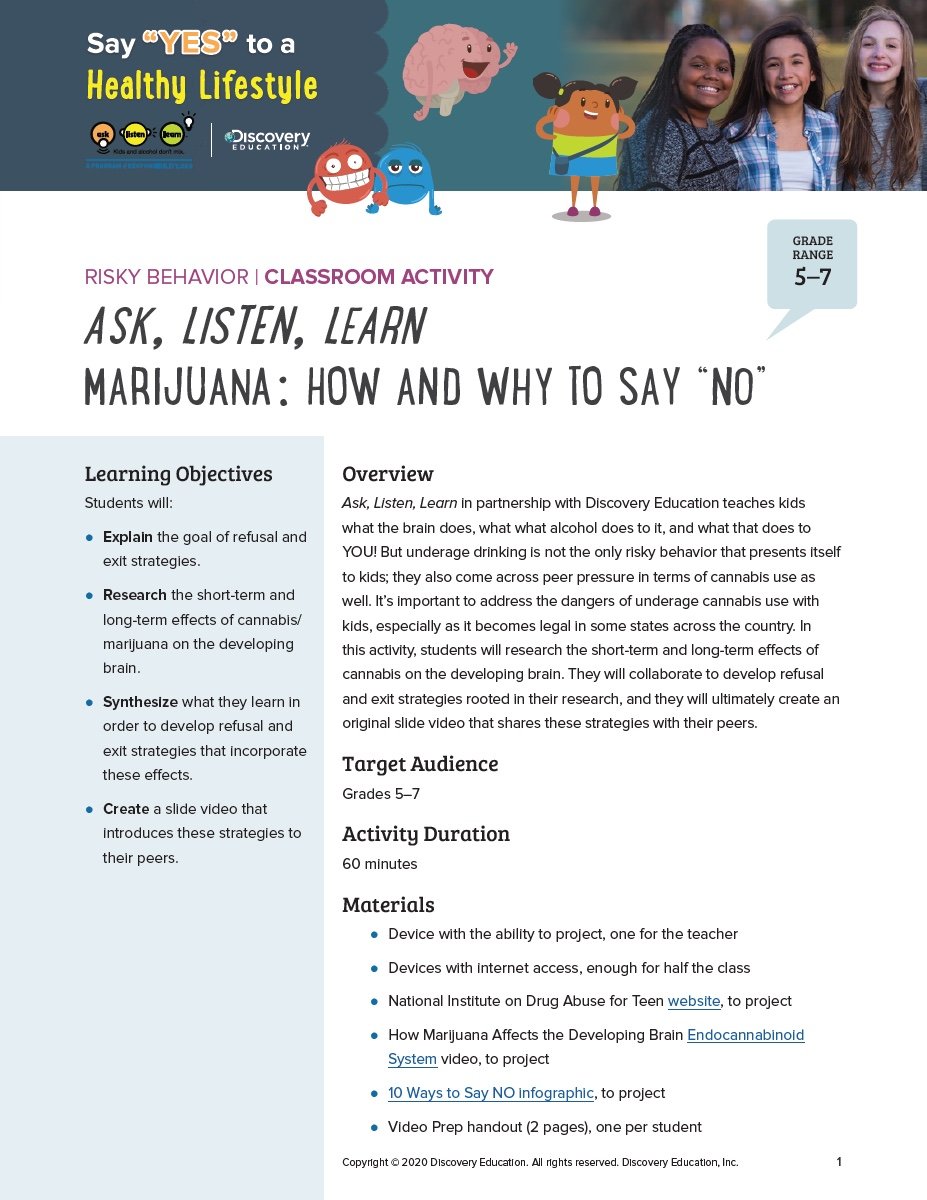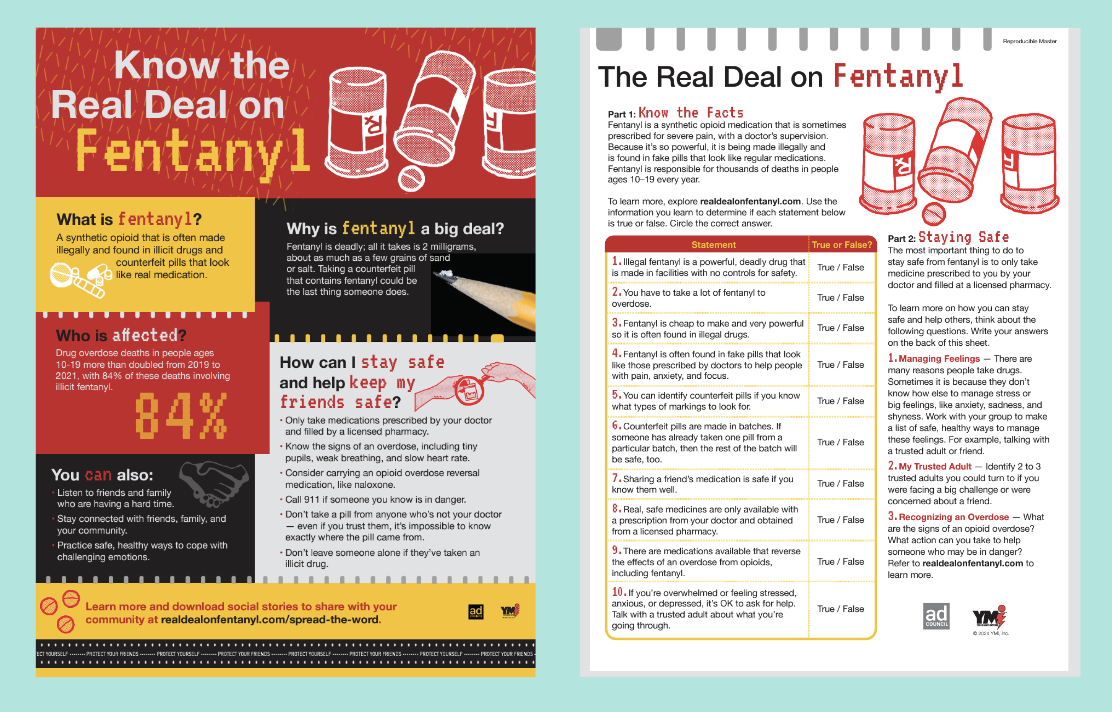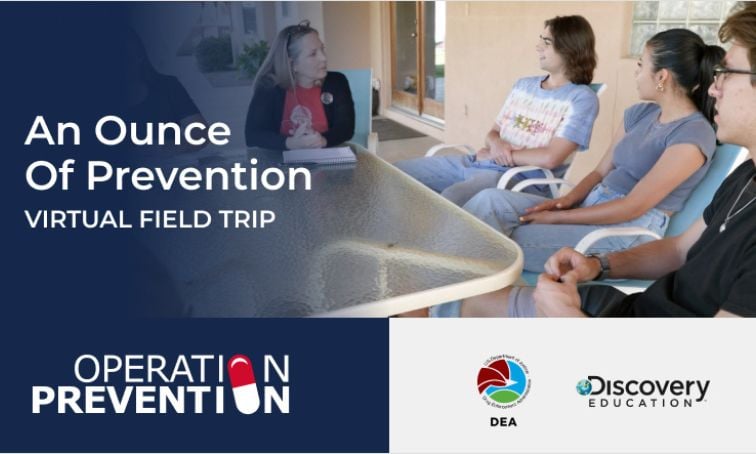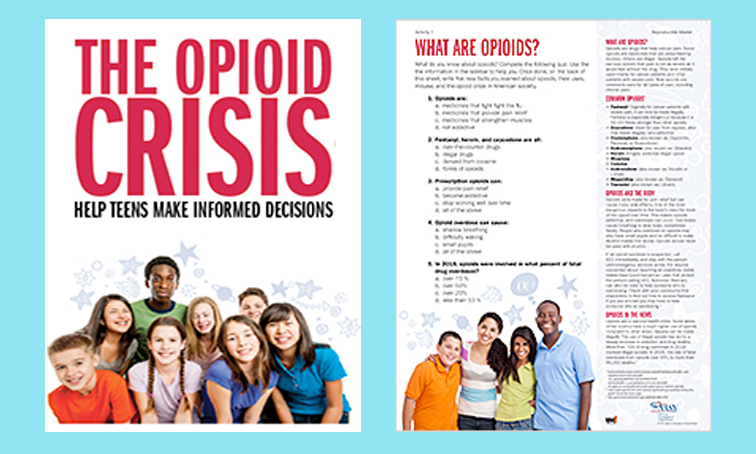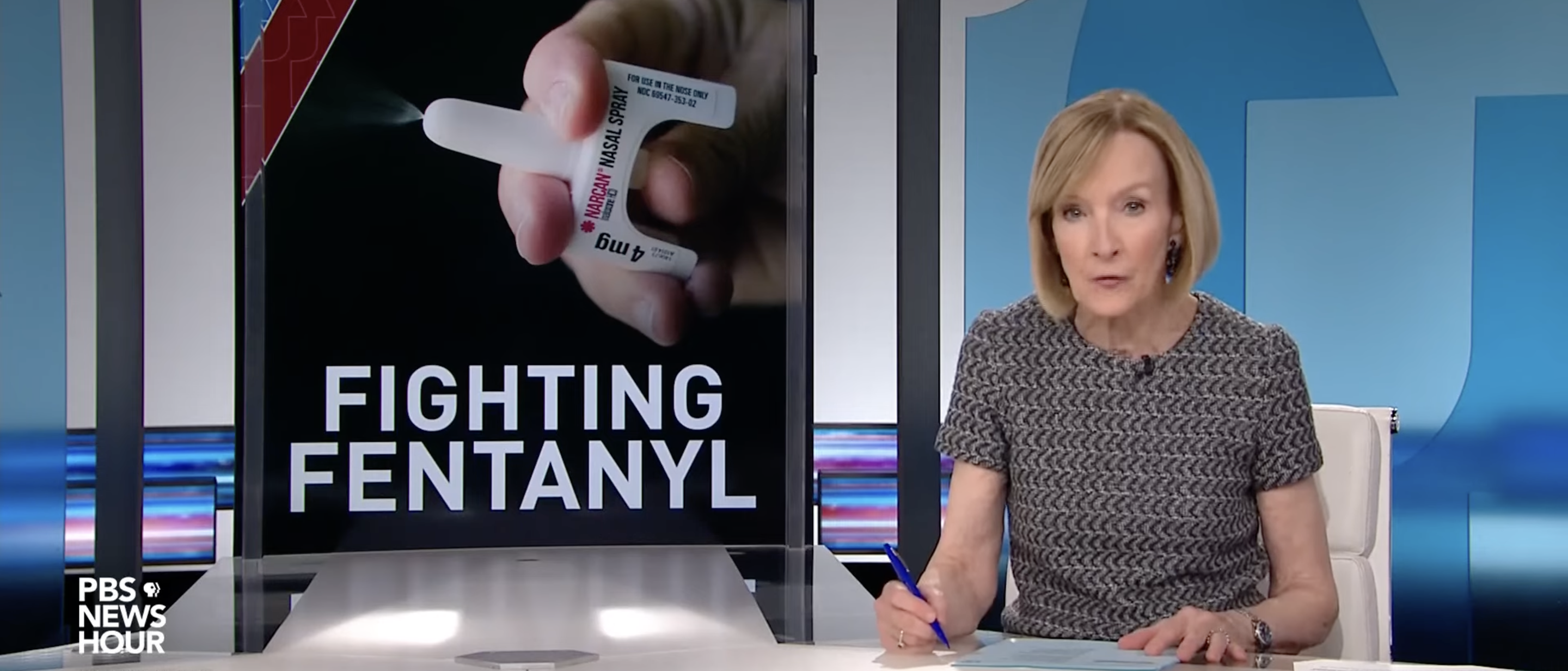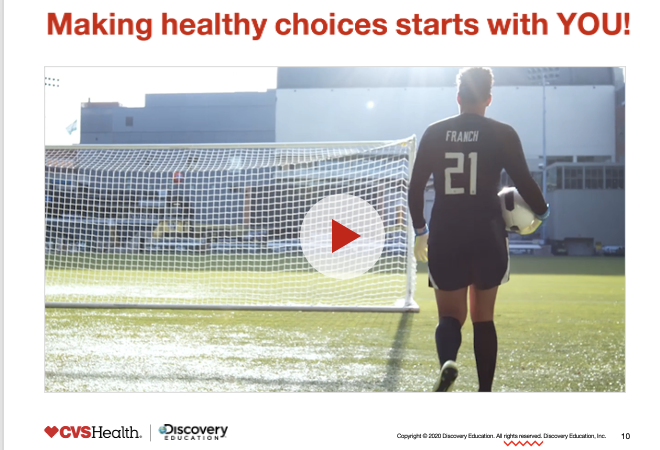About This Lesson
Ask, Listen, Learn in partnership with Discovery Education teaches kids what the brain does, what what alcohol does to it, and what that does to YOU! But underage drinking is not the only risky behavior that presents itself to kids; they also come across peer pressure in terms of cannabis use as well. It’s important to address the dangers of underage cannabis use with kids, especially as it becomes legal in some states across the country.
In this activity, students will research the short-term and long-term effects of cannabis on the developing brain as part of a risky behavior classroom activity. They will collaborate to develop refusal and exit strategies rooted in their research, and they will ultimately create an original slide video that shares these strategies with their peers.
Students will:
- Explain the goal of refusal and exit strategies.
- Research the short-term and long-term effects of cannabis on the developing brain.
- Synthesize what they learn in order to develop refusal and exit strategies that incorporate these effects.
- Create a slide video that introduces these strategies to their peers.
Time required:
- 60 minutes
Student Materials
- Device with the ability for the teacher to project, one for the teacher
- Devices with Internet access, enough for half the class
- National Institute on Drug Abuse for Teen website (to project)
- How Marijuana Affects the Developing Brain Endocannabinoid System video, to project
- 10 Ways to Say NO infographic
- Video Prep handout (2 pages), one per studen





